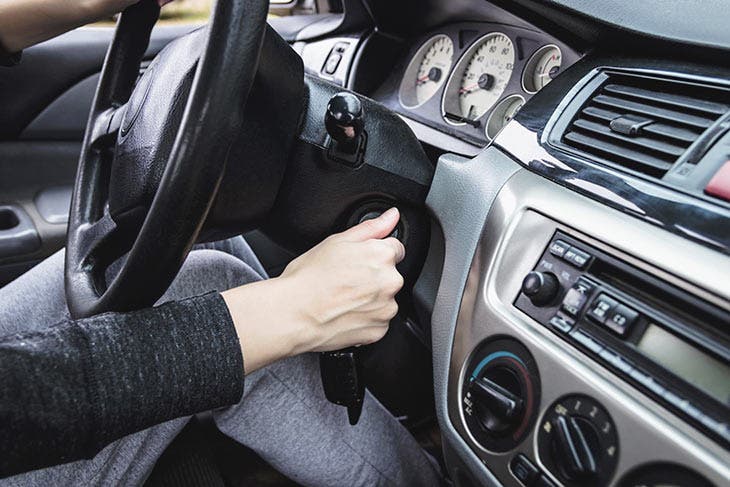Even if your vehicle is in good condition, the way you start it could damage the engine.
How to start a car without damaging the engine?

The engine is sort of the heart of a car, and without it, it can’t start. Thus, the life of your engine will depend on the use of your vehicle and its maintenance. Nevertheless Some bad habits can take precedence during your years of driving, especially when starting your car. Therefore, and to prevent your engine from being damaged, it will be necessary to start your vehicle well.
Before turning on the engine, run the car battery
Before starting your car, it is advisable to run your battery upstream. Indeed, if the battery of your vehicle is old, it can quickly discharge and not support the charge of the various electronic components when starting the engine. For this reason, you should turn on your low beam headlights for a few seconds, this will allow the battery to work and prepare for starting the engine. Then turn the key in the ignition without pressing the accelerator and aSpread that the engine heats up and rises in temperature. This will drive the lubrication process and allow the engine oil to properly thin all engine components. In this way, it will avoid any risk of friction and overheating of the engine. To avoid damaging your engine, simply wait a few minutes after turning on your vehicle’s engine before pressing the accelerator and starting your car.
Do not drive at low speed so as not to damage your car’s engine

When you are behind the wheel, you should avoid driving under revving. Indeed This type of driving could contribute to the wear and tear of your car’s engine. Underrevving involves driving below the standard rpm, which can take a lot of effort from your engine. The latter will not be powerful enough and will have difficulty gaining speed. If you think you can save fuel by driving this way, you’re wrong! You will only damage and wear out your engine prematurely. To take care of it, you must have it diagnosed regularly and choose the engine oil best suited to your vehicle.





